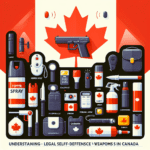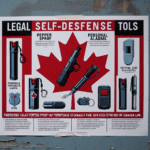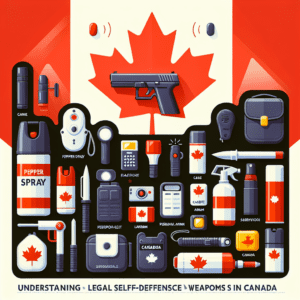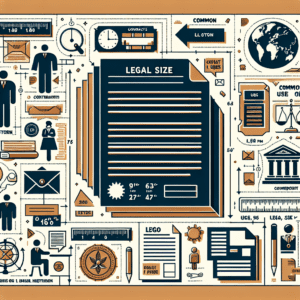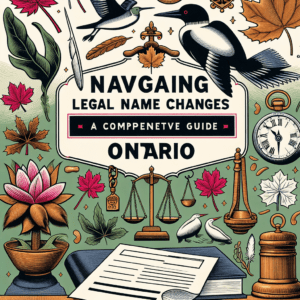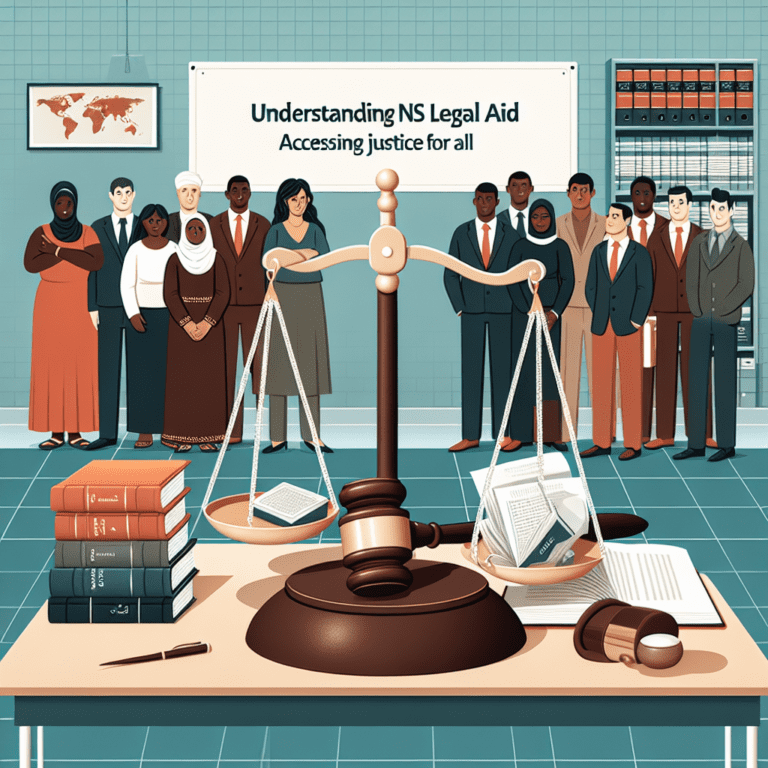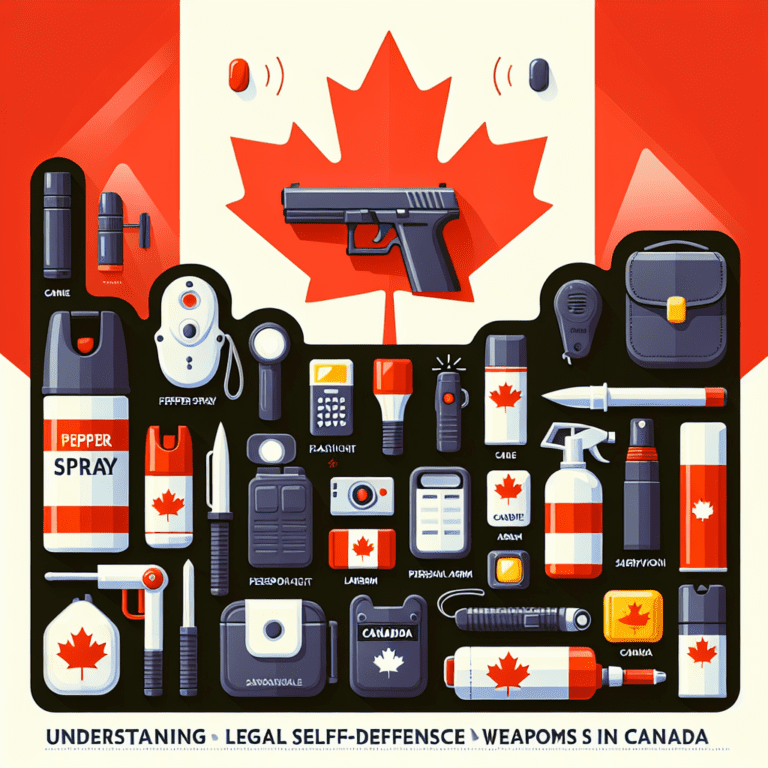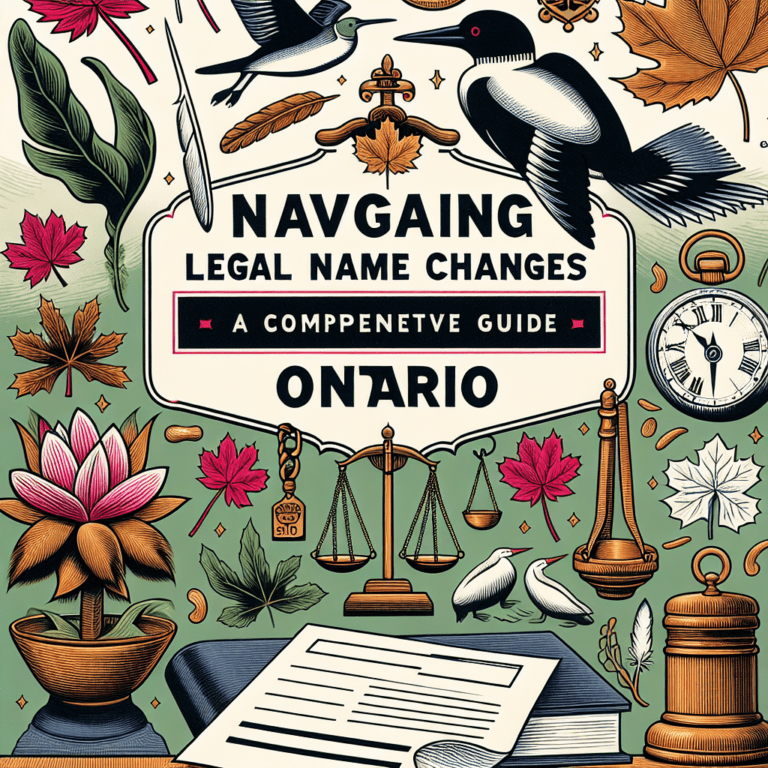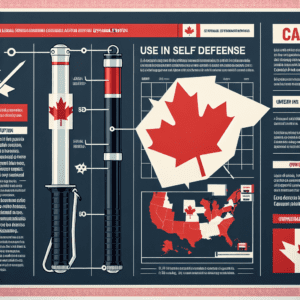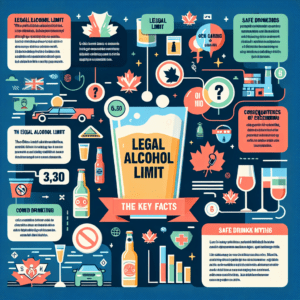===
In a world where personal safety is increasingly paramount, understanding the landscape of legal self-defense weapons in Canada becomes essential. Many Canadians are left feeling vulnerable amidst rising crime rates, making the knowledge of self-defense tools not just beneficial, but crucial. Navigating the complexities of legal frameworks surrounding self-defense can feel daunting, especially when the stakes are high. However, with the right information, you can empower yourself and make informed decisions about personal safety without straying into illegal territory.
The Basics of Legal Self-Defense Weapons in Canada
When discussing legal self-defense weapons in Canada, it’s vital to identify what qualifies as acceptable under Canadian law. Self-defense tools can range from pepper spray and personal alarms to specific types of knives. However, the law delineates clearly that any weapon used for self-defense must not be classified as a prohibited weapon. For instance, while a folding knife may be permissible, a switchblade is not. Understanding these distinctions is the first step in ensuring compliance with Canadian regulations.
Moreover, the context in which a self-defense tool is used plays a crucial role in its legality. In Canada, the Criminal Code articulates the principle of "reasonable force." This means that your reaction to a threat must be proportional to the perceived danger. For example, using pepper spray against an unarmed assailant may be seen as reasonable, while using a firearm would likely exceed the bounds of what is legally justifiable. Therefore, comprehending the practical application of self-defense tools in various scenarios is imperative.
Furthermore, the legal landscape surrounding self-defense weapons is continuously evolving, influenced by societal changes and public safety concerns. For instance, debates around the use of stun guns and tasers are ongoing, reflecting a growing interest in non-lethal self-defense options. Keeping abreast of these developments is essential for anyone considering a self-defense weapon, ensuring that you are informed not just of current laws, but of potential shifts that could impact your choices.
Navigating the Laws Surrounding Self-Defense Tools
Understanding the nuances of self-defense laws in Canada requires careful consideration of the Criminal Code’s provisions. Section 34 provides the framework for the use of force in self-defense. It stipulates that individuals can defend themselves or others with reasonable force, but this force must be necessary for the situation at hand. This legal landscape creates a delicate balance that must be navigated thoughtfully.
Another critical aspect involves the ownership and carrying of self-defense weapons in public spaces. The legalities can vary by province, making it essential to conduct thorough research on local regulations. For example, while pepper spray may be legal in many areas, its use in public could lead to legal consequences if deemed unreasonable. Thus, understanding local statutes is pivotal to ensuring that you remain on the right side of the law.
Educating yourself on what constitutes a prohibited weapon is equally vital. The Canadian Firearms Act outlines specific categories of weapons, including firearms and certain knives, which are illegal to carry or own without special permissions. Engaging with community resources, legal advisors, or self-defense experts can provide valuable insights into what you can legally possess and carry for personal protection, enhancing your safety without risking legal repercussions.
===
Empowering yourself with knowledge about legal self-defense weapons in Canada is not just about enhancing personal safety; it is about reclaiming a sense of security in an unpredictable world. By understanding the laws, the types of permissible weapons, and the context in which they can be used, you can navigate this intricate landscape. Whether you are considering purchasing a self-defense tool or simply seeking to educate yourself, staying informed is your best strategy. Remember, the key to effective self-defense lies not only in the tools you choose but also in your awareness and understanding of the law. Take the first step towards ensuring your safety today by exploring your options and aligning them with legal guidelines.
Understanding Legal Self-Defense Weapons in CanadaUnderstanding Legal Paper Size: Dimensions and Uses ExplainedNavigating Legal Name Changes in Ontario: A Comprehensive GuideRelevant LinkRelevant LinkRelevant Link
